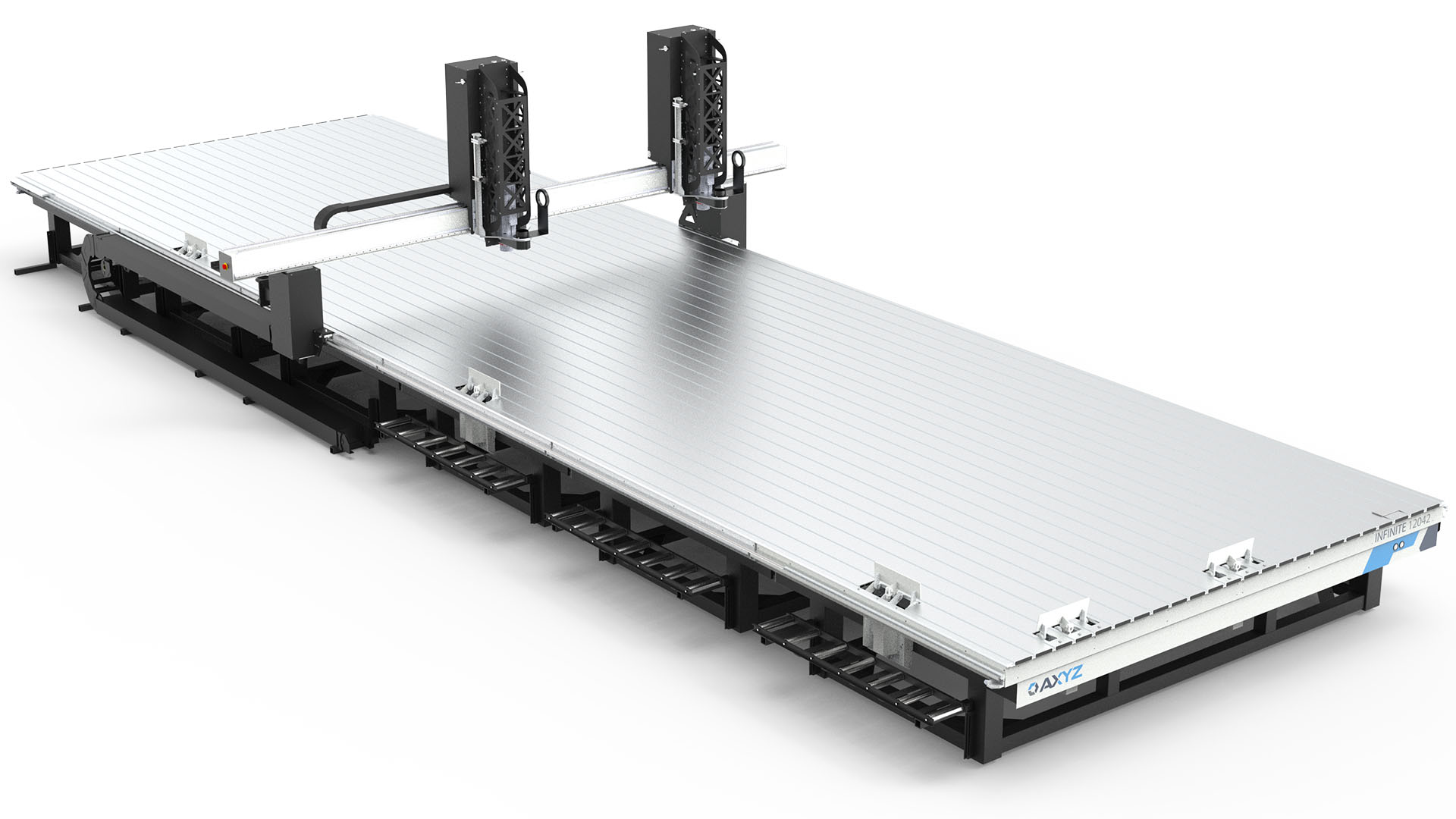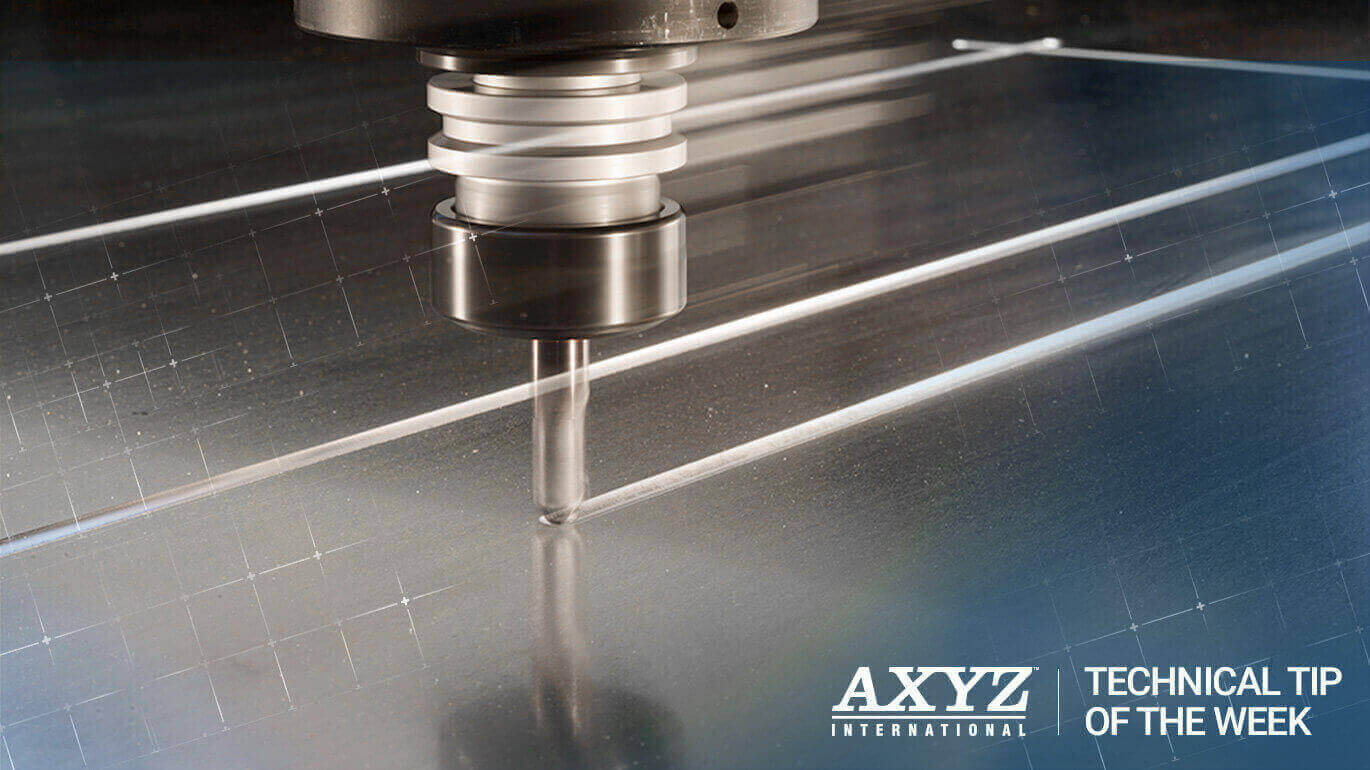Are you experiencing low quality or irregular cuts on your material?
No need to worry! This may be a sign of a weak vacuum bed and easily fixable once you’re aware of all the signs. Other issues may include the shifting of material or inability for it to lie flat, the creation of more scrap material or tolerances not being held.
To eliminate these issues, we’ve identified four of the more common causes behind a faulty vacuum bed and what you can do to fix them.
- Material is not smooth or suitable – If the material is porous, the vacuum force will be much weaker. Use non-porous materials, like plastics, metal and varnished wood.
- Sacrificial bed or diffuser filled with dust/debris – Keep the machine clean between cut jobs and when loading new sheets.
- Piping Size Issues – If the connector valves are smaller than the pipe itself, or the length of the pipe is too long, air flow will be weakened. Keep the piping length as short and as straight as possible for the best performance.
- There’s an air-leak in the system – To check for air-leaks, keep the pump or blower running, turn off all the valves and compare the vacuum gauge readings with the following:
- Blower – at least 10inHg
- Mink pump – at least 25 inHg
- Vane pump – at least 20 inHg.
If the readings are below these levels, contact your local Customer Care team for assistance. To learn more about vacuum beds and how they work, watch the video: “The Benefits Of Using A Vacuum Bed On An AXYZ CNC Router”








